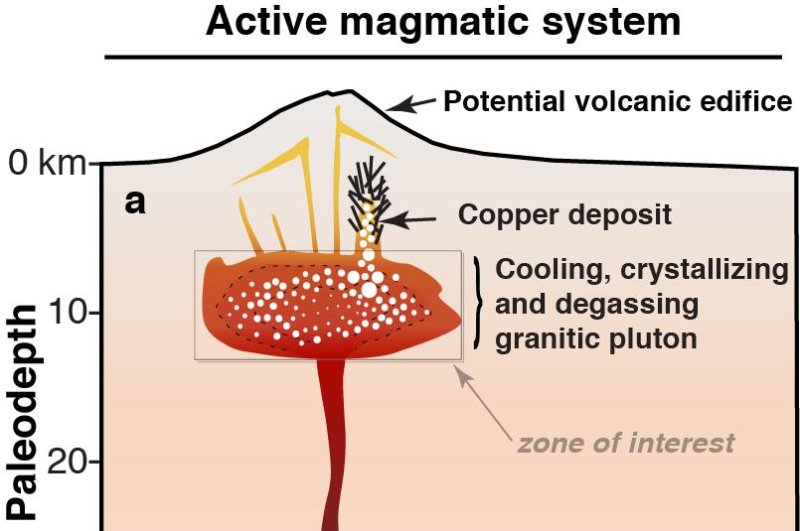GENEVA, Switzerland, Jan. 12 (UPI) -- Scientists have developed a new model of magma behavior. Researchers expect the simulations to aid the search for copper deposits.
Copper is one of the most technologically useful ores found in the ground, but scientists have struggled to find a way to locate the largest deposits. Copper ore deposits vary dramatically in size, despite a uniform ore formation process.















